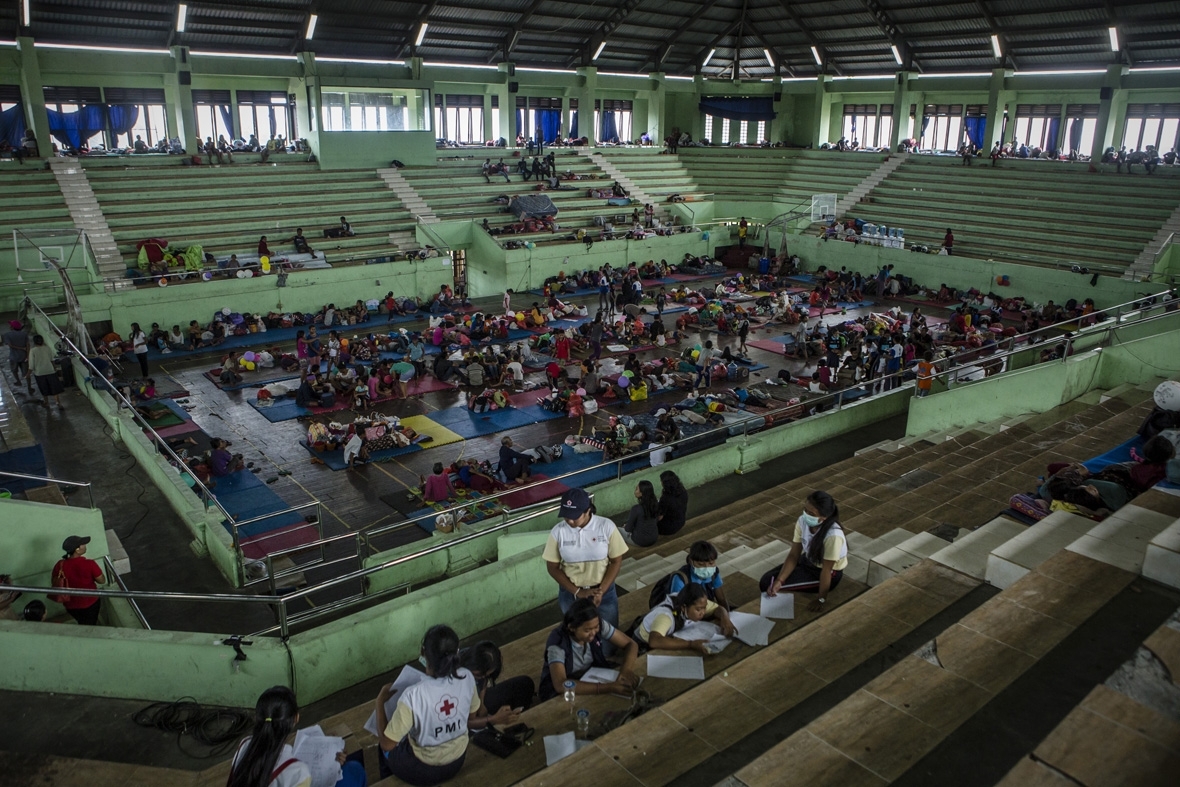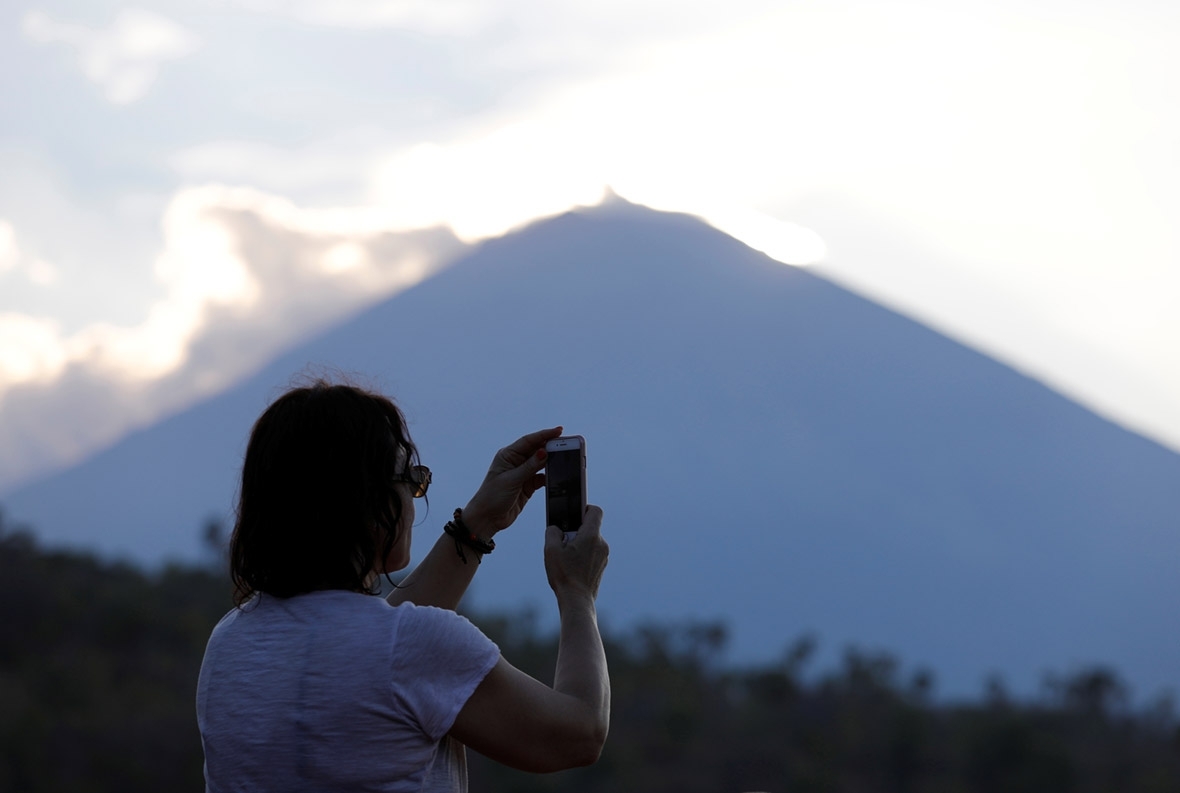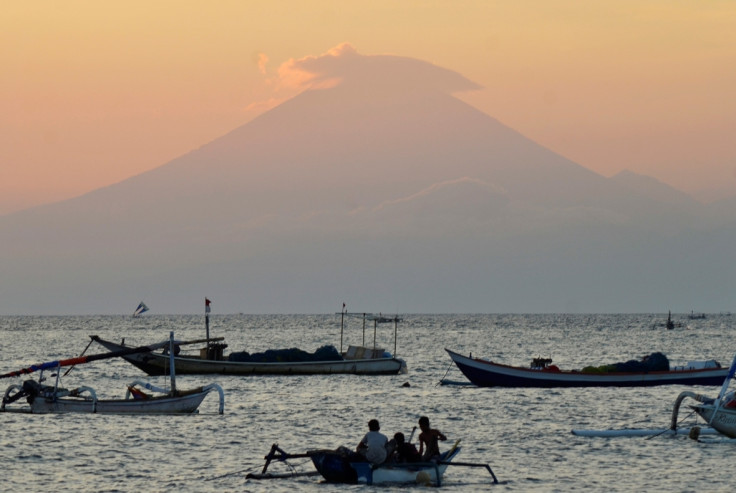Mount Agung photos: Tens of thousands flee Bali volcano 'about to erupt'
Bali is being shaken daily by hundreds of tremors from the mountain, which volcanologists say indicates a high chance of an eruption.
Fears that a volcano on the Indonesian tourist island of Bali is about to erupt have sparked an exodus of more than 75,000 people. The region is being shaken daily by hundreds of tremors from the mountain, which volcanologists say indicates a high chance of an eruption. Mount Agung last erupted in 1963, killing about 1,100 people.




Australia, New Zealand, Singapore, the United States and the UK have all issued warning that increased volcanic activity at Mount Agung in eastern Bali could disrupt flights to and from one of the world's most popular tourist destinations.
Flights at Bali's international airport were operating as per normal on Monday (25 September) as were tourist spots across the rest of the island.



Authorities have ordered the evacuation of villagers living within a "danger zone" that in places extends 12 kilometres (7.5 miles) from Mount Agung's crater. But people further away are also leaving, said National Disaster Mitigation Agency (BNPB) spokesman Sutopo Purwo Nugroho.
Evacuees are being housed in makeshift shelters like town halls and school gyms. Host communities were providing food and water, while the central and local governments were providing tents, blankets and other relief.





BNPB said that around 62,000 people lived within the "danger zone" around the volcano and that they all needed to evacuate, though not everybody had heeded the warnings. "There are some who are staying behind because the volcano hasn't erupted yet or because of religious beliefs," said Nugroho.




Nugroho said Mount Agung has entered a "critical phase", meaning magma has risen closer to the surface, as indicated by hundreds of shallow volcanic tremors that have rattled the area in recent days. Officials have urged the public to remain calm amid false reports and videos circulating online of an eruption.

When Agung erupted in 1963, it hurled ash as high as 20 kilometres (12 miles) and remained active for about a year. Lava traveled 7.5 kilometres (4.7 miles) and ash reached Jakarta, about 1,000 kilometres (620 miles) away.
Indonesia, which sits on the so-called Pacific Ring of Fire, has nearly 130 active volcanoes, more than any other country. Many Indonesians live near volcanoes because lava flows can make the surrounding soil and land fertile for farming.
© Copyright IBTimes 2025. All rights reserved.






















